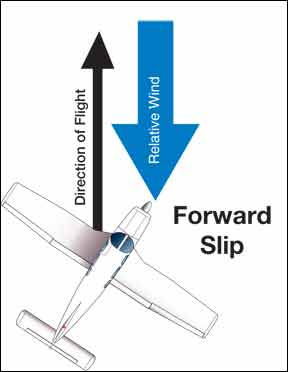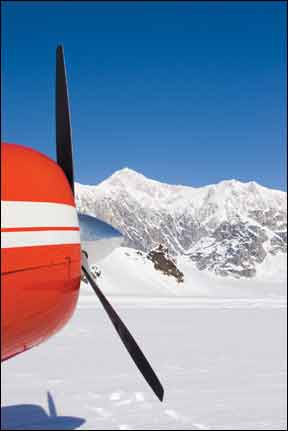In addition to the benefits mentioned in Tom Turner’s article (“Slips…Who Needs ‘Em?” December 2011), there is another very important benefit you can get from the maneuver. First, use the rudder to keep the airplane aligned with the runway. Second, vary the bank angle into the crosswind to help keep the airplane on glidepath.

288
Now, if you can achieve both of these items, you have enough rudder command to keep from ground looping. If you find you don’t have enough rudder authority to achieve the first item, then you may not have enough to avoid a ground loop, even though the wind is usually not as strong on the ground as it is at 100 feet or so.
I never do a wheel landing in strong, gusty crosswind: You can plant the airplane on the ground with enough speed to make a straight path down the runway, but you have to let the tail down sooner or later. You could find yourself between the rock and the hard place when you find you don’t have enough rudder authority to keep from ground looping or enough airspeed/remaining runway to go around and try again somewhere else.
If you make a three-point landing, you don’t get into this “no-man’s land” situation. Besides, who in their right mind would give up tailwheel steering and differential braking for yaw control on the ground? Furthermore, if you can execute a three-point landing aligned with the runway, you will never be in that “no mans’ land” situation.
Kent Tarver
Via e-mail
And Still More
Great article on slips by Tom Turner. I, too, was a little baffled in seeing the FAA’s Airplane Flying Handbook showing a forward slip and a side slip the same way other than printing orientation. The graphics correctly depict slipping to lose altitude by increasing drag. I realized the graphics did not apply to crosswind landings as the graphics do not show ground track, they show the effect of slips in relation to the relative wind and direction of flight.

288
As we all know, in a crosswind landing, right before touch down we are not interested in increasing drag, but rather flying an airplane with its longitudinal axis parallel to the runway (and hopefully over the centerline). None of the graphics show the effect of a slip while landing in a crosswind since the “real” wind is not shown.
It would be helpful for the FAA (or maybe Aviation Safety) to develop a graphic showing relative wind, “real” wind, ground track and direction of flight. Clearly, in a crosswind landing, the ground track and direction of flight would be the same and parallel to the longitudinal axis.
Luca F Bencini-Tibo, ATP/CFI
Via e-mail
Winter Tips
Great article on winter flying (“Winter Flying Lessons,” January 2012)! One additional trick: Put some hot oil in the cold engine. Works best if you were able to draw out oil while it was hot at the end of the prior flight. Keep it at home, warm it up and save lots of time on getting the engine oil warm.
Robert Froelich
Via e-mail
Risk Management
The best way to learn risk management and mitigation comes from reading as many full-detailed accident reports as you can. Each edition of Transport Canada’s quarterly Aviation Safety Letter since 1973 is prefaced by this axiom: “Learn from the mistakes of others; you’ll not live long enough to make them all yourself.”
Morton Doran
Fairmont, B.C.




